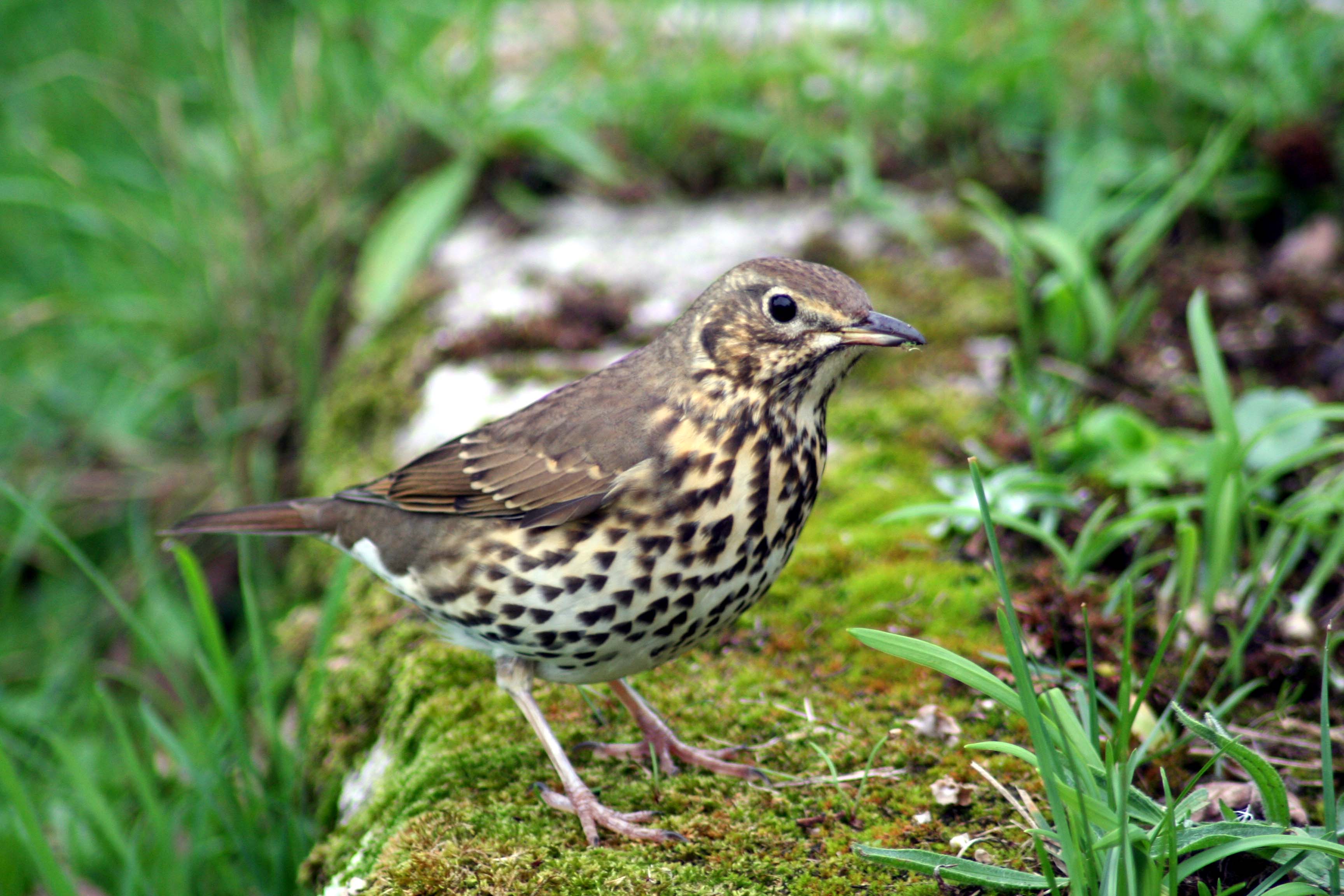Sickleholme Nature Notes
With the weather intervening again, it is hardly surprising that December resulted in the lowest number of wildlife reports for the year. What is even more worrying is the effect that long damp periods during autumn and winter can have on our insects, including precious pollinators such as butterflies and moths. Many will have laid eggs to create next year’s generation, but these can easily be washed away or disintegrate in prolonged wet weather. Conversely, frost or snow can seal and preserve eggs and pupae, as well as keep them safe from predation.
The clubhouse feeders continue to attract birds of quite a few species but one record that I did welcome was that of a Song Thrush. Three species of thrush nest on site, with Blackbirds and Mistle Thrushes more commonly seen or heard whilst Song Thrush numbers are lower. I can usually find one around the “elephant’s graveyard” (my name creation, not Matt’s!) beyond the machinery sheds, but they don’t flock and are usually only seen singly. They do, however, leave evidence of their presence as they love snails, but need an anvil to crack open the shells. A little patience looking around suitable stones/rocks will often reveal a pile of snail shells. The Song Thrush is smaller than the slightly similar Mistle Thrush, a richer brown in colour, and with more clearly defined spotting on the chest. Not surprisingly, this month’s photo image was not taken in the last few weeks!
There have been a couple of mentions of Buzzards but on many days these birds will have been grounded, when they often resort to looking for earthworms. A few Cormorant sightings have also been reported but always flying overhead and heading for the local reservoirs or rivers where numbers build up in winter.
Finally, my grateful thanks to all who have contributed records during the year and every best wish for a happy, healthy and wildlife filled 2024.
Bryan Barnacle


